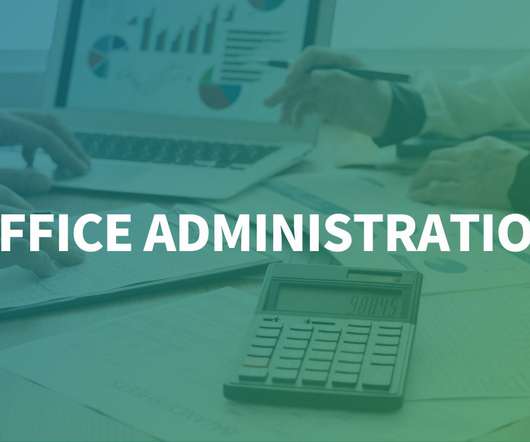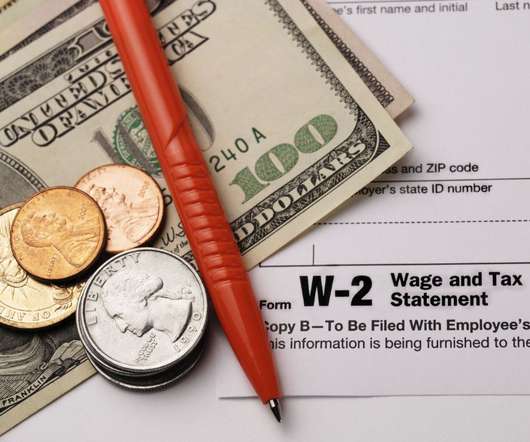Employee Files: What to include, what to leave out, and what’s confidential
BMT Office Administration
JULY 3, 2023
Besides that, your confidential medical records will let you know if any team members have disabilities that you need to consider when planning and assigning tasks. Besides the EEOC, the IRS also has requirements for employee documents, including which forms you need to have for each employee, such as W-4s.












Let's personalize your content